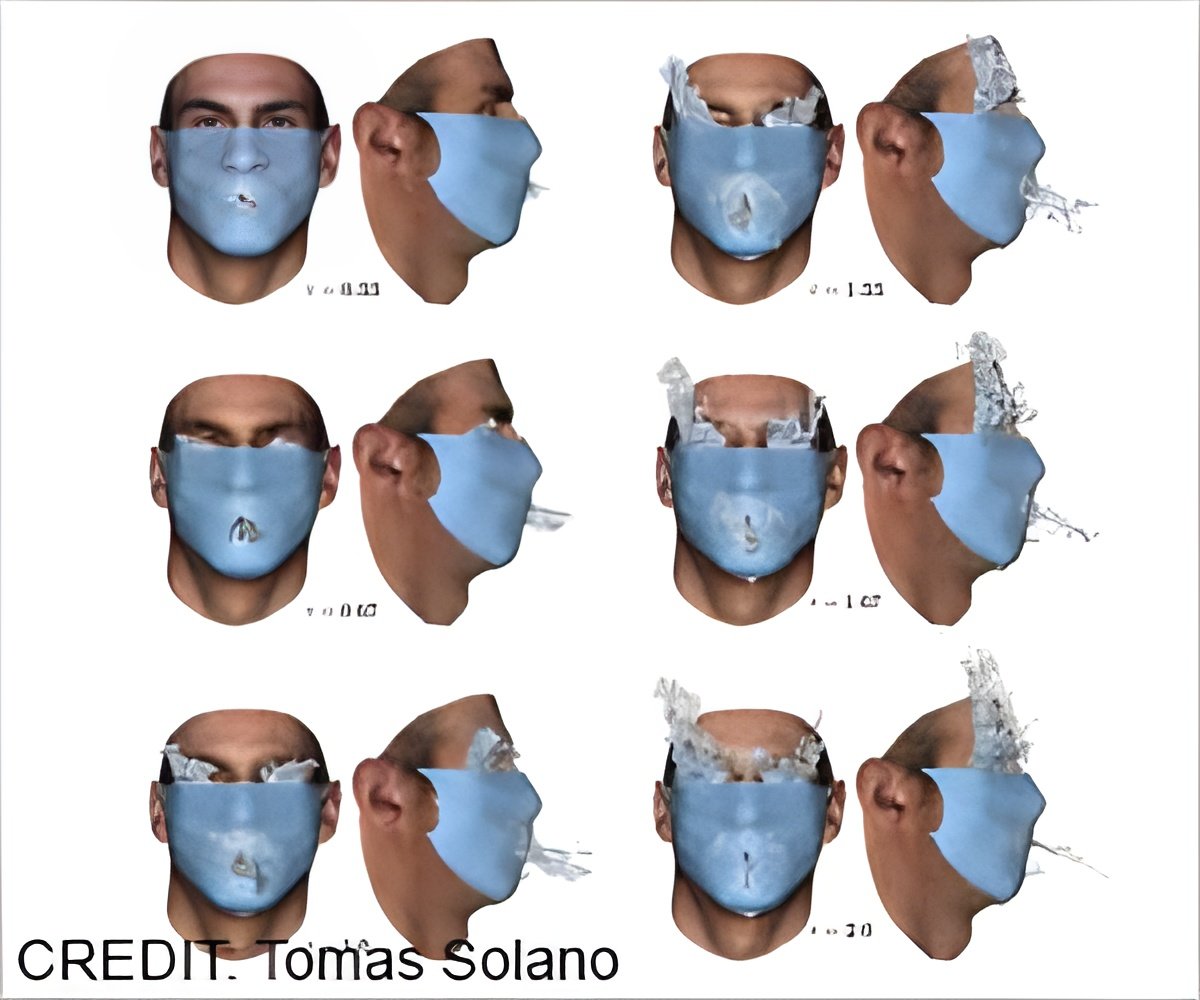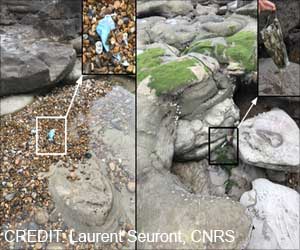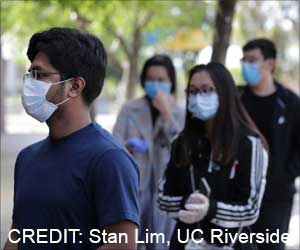Double masking with improperly fitted masks does not protect you from Covid-19 infection. Therefore, your mask needs to fit your face shape.

‘Double masking with improperly fitted masks does not protect you from Covid-19 infection. Therefore, your mask needs to fit your face shape.’





Still, after more than two years since the pandemic began, there is not a full understanding of mask characteristics for the most optimal protection.
Study to Determine Correct Mask
In Physics of Fluids, published by AIP Publishing, researchers at Florida State University and Johns Hopkins University use principal component analysis (PCA) along with fluid dynamics simulation models to show the crucial importance of proper fit for all types of masks and how face shape influences the most ideal fit.The study suggests that double masking with improperly fitted masks may not significantly improve mask efficiency and produces a false sense of security.
More layers mean a less porous face covering, leading to more flow forced out of the perimeter gaps (sides, top, and bottom) in masks with a less secure fit.
Double layers increase filtering efficiency only with a good mask fit but could also lead to breathing difficulties.
Correct Mask for the Face Shape
The researchers modeled a moderate cough jet from a mouth of an adult male wearing a cloth mask over the nose and mouth with elastic bands wrapped around the ears. They calculated the maximum volume flow rates through the front of the mask and peripheral gaps at different material porosity levels.For a more realistic 3D face shape and size, the researchers used PCA that integrated 100 adult male and 100 adult female heads retrieved from head scan data at Basel University in Switzerland. PCA condenses large sets of variables while retaining most of the information.
Advertisement
"Facial asymmetry is almost imperceivable to the eye but is made obvious by the cough flow through the mask," said co-author Tomas Solano, from Florida State University. "For this particular case, the only unfiltered leakage observed is through the top. However, for different face shapes, leakage through the bottom and sides of the mask is also possible."
Advertisement
Source-Eurekalert













